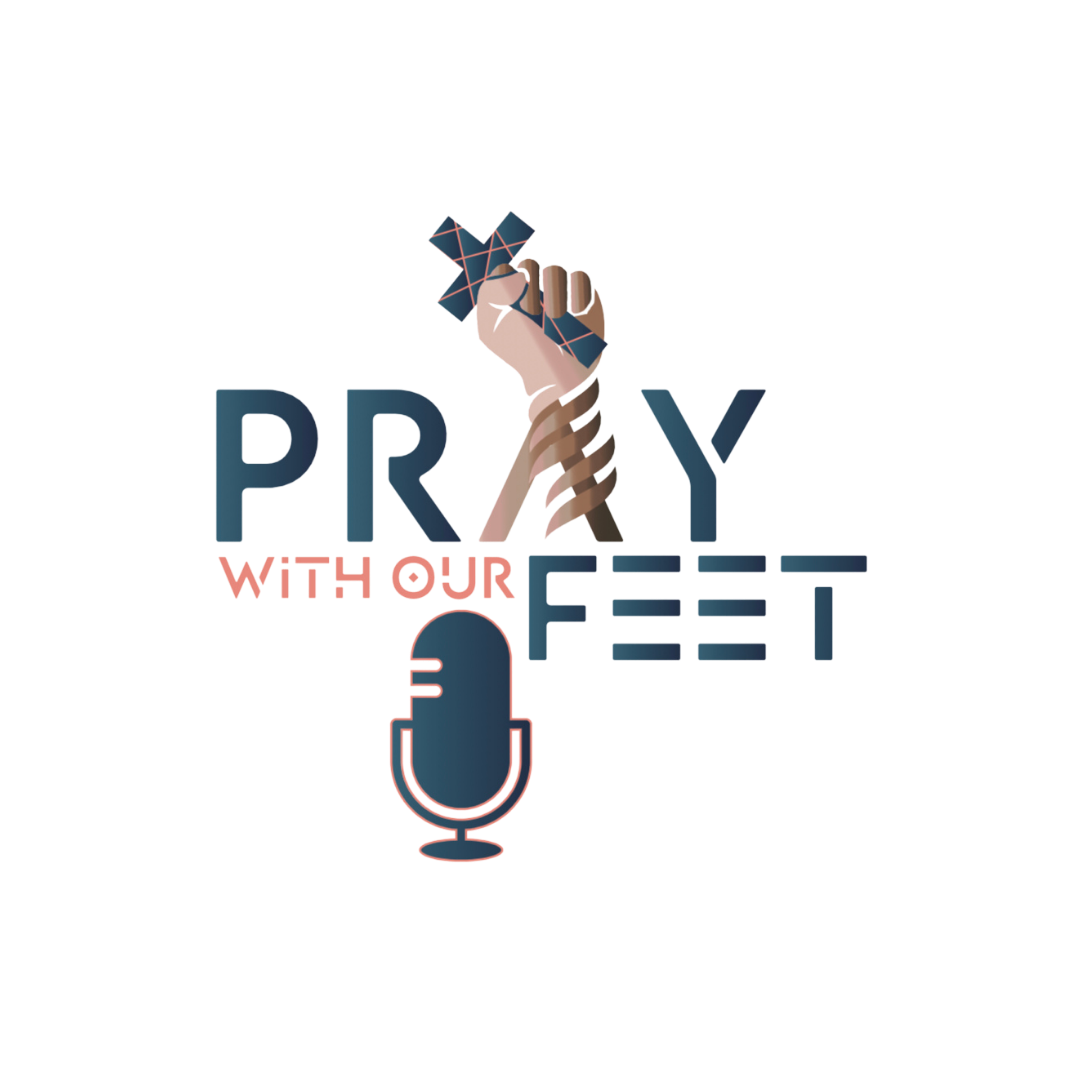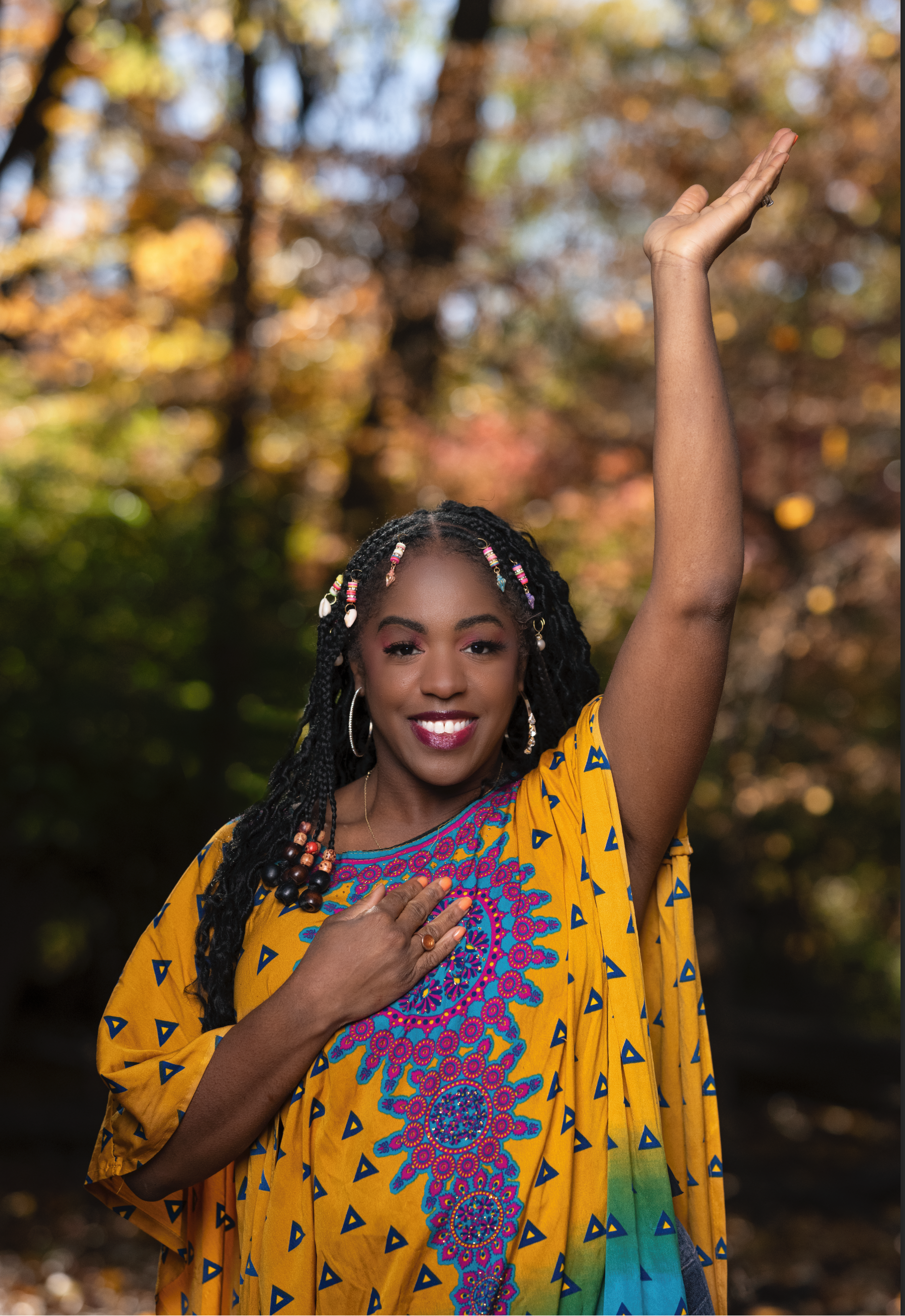Honoring Resilience —Garifuna Settlement Day
Written in loving memory of my Dad, Rudy, and brother Rudy, Jr. and Grandma Violet
Photo via Travel Belize
I come from a people displaced by European colonization who remain rooted in resilience; we are Garifuna (Garinagu), an Afro-Indigenous / Latinx community living, primarily, in Central American countries like Honduras, Belize, Guatemala and Nicaragua, and within the U.S. (mostly concentrated in New York city). Today, in loving memory of Dad, we celebrate Garifuna Settlement Day, which marks the arrival of Garifuna people on Belizean shores - Nov. 19, 1802.
Towards the end of last year, in the weeks after Dad’s passing, we discovered all kinds of sacred treasures within his dresser drawers - devotionals, photos, years of letters between him and Grandma Violet, two beautiful necklaces, each inscribed with loving messages for Mom and I, and a large stuffed envelope with a few handwritten words from Dad - part label, part instruction, it reads:
“Important
Garifuna
Do not Destroy”
When I first saw those four words, I laughed softly to myself. Because I knew he wrote them for Mom. She does NOT tolerate clutter: “If you don’t find a place for it, I am going to put it in the trash,” her eyes firmly meeting ours (you know “the look” all Black Mamas master, also known as “don’t try me.”) Perhaps this explains Daddy’s packed drawers, too?
Sitting in our bedroom, sun dancing across wooden floors, I am surrounded by these papers, and it swells me with gratitude.
He held onto to all of it for us.
We were kindred spirits in that way, not casually discarding anything. I am sentimental,” he would often say, “and, so are you, Mummie (one of Dad’s many nicknames for me). Those words carry a deeper meaning now - they lift up the sacredness of memories; each telling the story of who we are, not just as individuals, but within communities.
The Garifuna People - Resilient and Determined
Our origin, as Garifuna people, traces back to St. Vincent and the Grenadines, “which the indigenous Kalinago called Hairouna, and the Garifuna know as Yurumein. In the mid-17th century, a slave ship with human cargo from Africa was shipwrecked near to St. Vincent while en route to Barbados. The surviving Africans were rescued by the Kalinago inhabitants of St Vincent and brought ashore. The inter-marriage of the Kalinago and the African cultures produced the black carib race or Garifuna,” according to The Garifuna Indigenous People of St. Vincent and the Grenadines Inc. (GIPSVG Inc.), a New York based non-profit organization.
By the mid-18th century, the British attempted to seize this land. Garifuna resisted, sparking the First Carib War of 1772. Not long after, Britain signed a peace treaty with the Garifuna, and spilt the land between both parties. But they retained the most fertile parts of land for themselves. Again, the Garifuna fought, led by Paramount Chief and King of the Garifuna people, Joseph Chatoyer, who died in battle in 1795.
Photo of painting portraying Joseph Chatoyer, Paramount Chief and King of the Garifuna people (Black Kalinargo)
via Richmond Vale Academy
After years of war, Garifuna people surrendered to the British, and were subsequently separated from one another, sent first to “an inhospitable rock off the coast of St. Vincent called Balliceaux – a place devoid of water, vegetation, or arable soil, where over 2000 of them died, “ according to GIPSVG, Inc. Those who remained were contained inside a small area of St. Vincent (a 300 acre reservation) where the British attempted to eliminate their language, culture, and religious customs. Other survivors were sent by the British to Roatan, an island off the coast of Honduras.
Eventually some Garifuna left, and came to the mainland of Honduras. Here they settled within the Caribbean coast of Belize (then British Honduras), Guatemala and Nicaragua.
Garifuna Settlement Day - Why It Matters
Ours is a history marked by displacement, violence, genocide, but there is also resistance, joy, creativity and an unrelenting centering of Garifuna culture. The United Nations Education Scientific and Cultural Organization (UNESCO) declared the Garifuna language, music, and dance a Masterpiece of Intangible Heritage of Humanity in Honduras, Belize and Nicaragua.
Founded by civil rights activist, educator, and minister Thomas Vincent Ramos as a holiday in 1941, Garifuna Settlement Day became a public holiday in the southern districts of Belize, and finally in 1977, a national holiday. Ramos rooted his work in the vision of a liberated Garifuna people.
Informed by the ethos of Marcus Garvey, he spoke out against discrimination, and started numerous organizations - the Carib Development and Sick Aid Society, Independent Manhood, Exodus Uplift Society and the Colonial Industrial Instruction Association. In 1924, he created the Garifuna flag.
Today, as Garifuna people around the world celebrate with music, dancing and parades, we remember our collective commitment to liberation, protection of sacred lands, and the refusal to allow colonization, and the false ideology of white supremacy to define us.
As Miriam Miranda, Garifuna activist and land defender tells us: “The displacement of communities and the loss of cultures that come with the development of tourism is growing… but the Garífuna women, many of them elders, have incredible strength. They participate in meetings, in actions, tearing down walls that are built on the beach. They’re sustaining the Garífuna youth so that they know who they are, without shame.”
Additional Resources for Learning -
YURUMEIN (Homeland) - watch the trailer here /// Purchase for home or educational purposes on the official website.
“Documentary film which recounts the painful past of the Caribs on the island of St. Vincent in the Caribbean, their extermination at the hands of the British 200+ years ago, the decimation of their culture on the island, and their exile to Central America where much of that culture survived, even thrived. YURUMEIN (your o main) also explores what few cultural remnants of the Caribs, also known as Garifuna, still exist on St. Vincent and the beginnings of a movement to teach and revitalize Garifuna language, music and dance, and ritual to younger generations of Garifuna/ Caribs on St. Vincent.” Source: New Day Films
Garifuna Collective (powerful music group) founded by Belizean musician Andy Palacio, who after visiting neighboring Nicaragua as a young man, saw the Garifuna culture there was virtually extinct. “He vowed not to let his beloved Garifuna culture in Belize experience the same fate,” according to an article published on Brandeis Now: MusicUnitesUS presents: The Garifuna Collective
Miriam Miranda: “There Is a Genocide Against Us, the Peoples Who Defend Nature”
The reason why Thomas Vincent Ramos fought for the Garifuna Settlement Day in Belize
Photos from our Garifuna Celebration honoring Dad and my bother Rudy (last photo of me taken by my husband Keston De Coteau (he a professional videographer, photographer and creative director)
Mom toasting in Dad’s honor. He enjoyed Sangria on special occasions.
Nai and I were with Mom celebrating, too.
Me wearing an ensemble Dad gave me. Photo shot by my husband Keston De Coteau.





